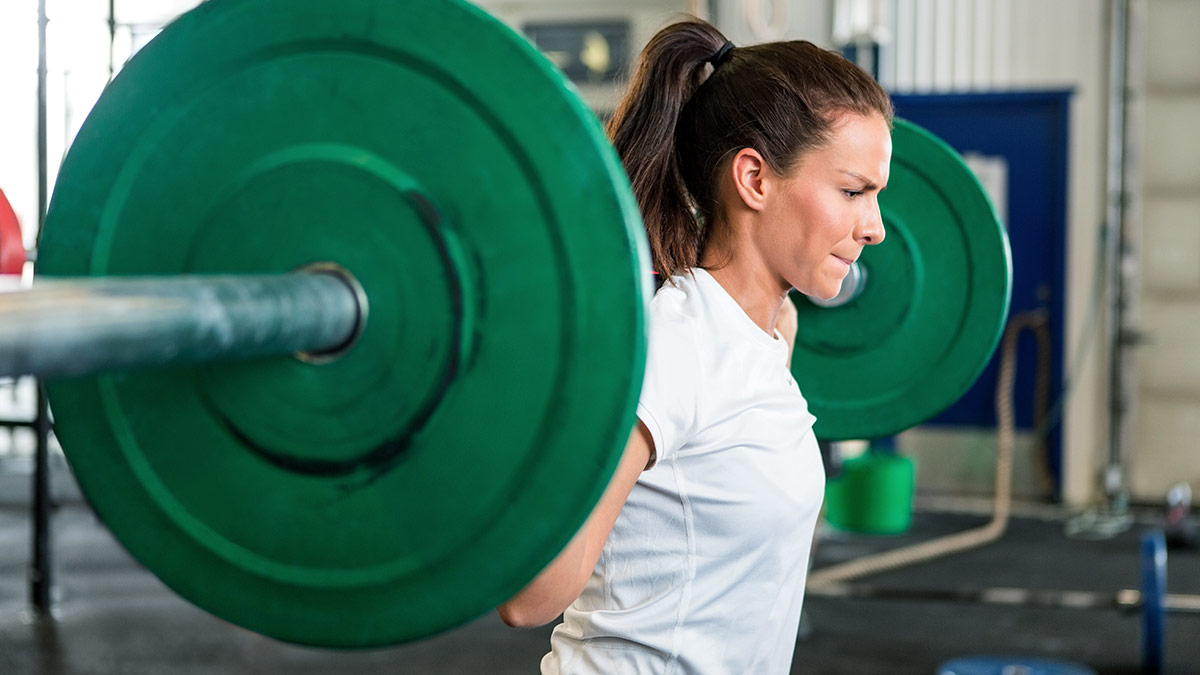Why Cyclists Need Resistance Training
When it comes to improving cycling performance, many cyclists focus solely on cardiovascular training. However, incorporating resistance training for cyclists can have a significant impact on their overall performance and reduce the risk of injury. By building muscular strength and endurance, cyclists can improve their power output, acceleration, and overall cycling efficiency. Additionally, resistance training can help to reduce the risk of common cycling injuries, such as knee pain and lower back strain, by strengthening the muscles and connective tissues around the joints. In fact, studies have shown that cyclists who incorporate resistance training into their workout routine experience improved performance and reduced risk of injury compared to those who focus solely on cardiovascular training. By making resistance training a priority, cyclists can take their performance to the next level and stay healthy and injury-free.
How to Incorporate Strength Training into Your Cycling Routine
Incorporating resistance training for cyclists into an existing workout routine can seem daunting, but with a few simple tips, cyclists can easily integrate strength training into their busy schedules. The first step is to determine how many days per week can be dedicated to strength training. For most cyclists, 2-3 days per week is a good starting point. Next, cyclists should consider their current cycling schedule and plan their strength training sessions around their most intense cycling days. For example, if a cyclist has a long ride on the weekend, they may want to schedule a strength training session on the Tuesday or Wednesday before to allow for adequate recovery time. Periodization is also key when it comes to incorporating strength training into a cycling routine. Cyclists should alternate between periods of intense strength training and active recovery to avoid plateaus and maximize performance gains. By incorporating strength training into their routine, cyclists can experience improved power output, increased endurance, and reduced risk of injury.
The Benefits of Functional Strength Exercises for Cyclists
Functional strength exercises, such as squats, lunges, and step-ups, are essential for cyclists looking to improve their performance and reduce the risk of injury. These exercises mimic the movements and actions that occur during cycling, making them highly effective for building strength and power that translates to the bike. By incorporating functional strength exercises into their resistance training for cyclists routine, cyclists can improve their pedaling efficiency, increase their power output, and enhance their overall cycling endurance. Additionally, functional strength exercises can help to strengthen the muscles and connective tissues around the joints, reducing the risk of common cycling injuries such as knee pain and lower back strain. Furthermore, functional strength exercises can also improve a cyclist’s balance, coordination, and overall bike-handling skills, making them a valuable addition to any cycling training program.
Targeting Key Muscle Groups for Cycling Performance
When it comes to resistance training for cyclists, targeting specific muscle groups is crucial for improved cycling performance and endurance. The legs, core, and glutes are the primary muscle groups that are engaged during cycling, and strengthening these areas can have a significant impact on a cyclist’s overall performance. The legs, including the quadriceps, hamstrings, and calf muscles, are responsible for generating power and speed during cycling. The core muscles, including the abdominals and obliques, provide stability and support for the body during cycling, while the glutes help to generate power and propulsion. By incorporating exercises that target these muscle groups into their resistance training for cyclists routine, cyclists can improve their pedaling efficiency, increase their power output, and enhance their overall cycling endurance. Additionally, strengthening these muscle groups can also help to reduce the risk of common cycling injuries, such as knee pain and lower back strain.
Resistance Band Exercises for Cyclists on the Go
One of the biggest challenges cyclists face when it comes to incorporating resistance training for cyclists into their routine is finding the time and space to do so. However, with resistance band exercises, cyclists can get a effective workout in even when they’re on the road or at home. Resistance bands are lightweight, portable, and inexpensive, making them the perfect addition to any cyclist’s training arsenal. For the legs, exercises such as banded leg curls, banded leg extensions, and banded calf raises can help to improve pedaling efficiency and power output. For the glutes, exercises such as banded glute bridges and banded side steps can help to improve power and propulsion. And for the core, exercises such as banded planks and banded rotations can help to improve stability and support. By incorporating these exercises into their resistance training for cyclists routine, cyclists can improve their overall cycling performance and endurance, even when they’re short on time or space.
Free Weight Exercises for Building Cycling Strength
Free weight exercises, such as deadlifts, squats, and lunges, are a crucial component of any resistance training for cyclists program. These exercises help to build strength and power in the legs, glutes, and core, which are essential for generating speed and endurance on the bike. By incorporating free weight exercises into their routine, cyclists can improve their pedaling efficiency, increase their power output, and enhance their overall cycling performance. Additionally, free weight exercises can also help to improve bone density, which is particularly important for cyclists who may be at risk of osteoporosis due to their low-impact sport. When it comes to building cycling strength, free weight exercises are a great way to challenge the muscles and promote strength gains. For example, deadlifts work multiple muscle groups, including the legs, glutes, and back, making them an effective exercise for building overall strength and power. Similarly, squats and lunges target the legs and glutes, helping to improve pedaling efficiency and power output. By incorporating these exercises into their resistance training for cyclists routine, cyclists can take their performance to the next level.
Creating a Balanced Strength Training Program for Cyclists
A well-structured strength training program is essential for cyclists looking to improve their performance and endurance. A balanced program should target all major muscle groups, including the legs, core, glutes, and upper body, and include a mix of exercises for strength, power, and endurance. This approach helps to ensure that cyclists are building overall strength and power, rather than just focusing on one or two specific areas. A balanced program also helps to reduce the risk of injury, as it targets all the muscle groups that are essential for cycling. For example, exercises such as squats and lunges target the legs and glutes, while exercises such as planks and Russian twists target the core. By incorporating a mix of exercises into their resistance training for cyclists routine, cyclists can create a strong foundation for improved cycling performance. Additionally, a balanced program should also include a mix of compound exercises, such as deadlifts and bench press, which work multiple muscle groups at once, and isolation exercises, such as bicep curls and tricep extensions, which target specific muscle groups. By incorporating a balanced strength training program into their routine, cyclists can take their performance to the next level and achieve their goals.
Maximizing Cycling Performance with Periodized Strength Training
Periodized strength training is a powerful tool for cyclists looking to maximize their performance gains. By alternating between periods of intense strength training and active recovery, cyclists can optimize their resistance training for cyclists program and achieve significant improvements in power output, endurance, and overall cycling performance. A periodized strength training program typically involves dividing the training year into specific phases, each with a specific focus and goal. For example, a cyclist may start with a base phase, focusing on building overall strength and endurance, followed by a build phase, where they increase the intensity and focus on building power and speed. This is then followed by a taper phase, where they reduce the intensity and focus on active recovery and fine-tuning their performance. By incorporating periodized strength training into their routine, cyclists can avoid plateaus, reduce the risk of overtraining, and ensure that they are always making progress towards their goals. Additionally, periodized strength training also allows cyclists to focus on specific areas of their performance, such as hill climbing or sprinting, and tailor their training to meet the demands of their specific discipline. By incorporating periodized strength training into their resistance training for cyclists program, cyclists can take their performance to the next level and achieve their goals.









